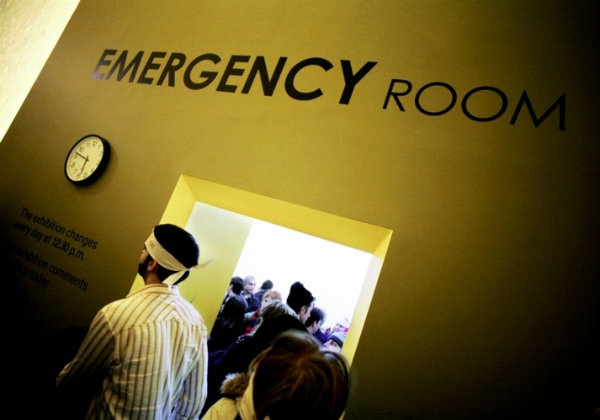Surviving Stroke - A Three Part Series

Surviving stroke depends on three things: knowing your risk, managing your risk factors, and knowing the signs of stroke so you can act FAST to get help.
Part 1 – Know Your Risk
In this first of our three-part series, we’ll go over the risk factors for stroke, some of which are controllable, and some of which are uncontrollable.
Anyone can have a stroke.
The first and most important thing you should know about stroke is that it can happen to anyone; the common myth that stroke only affects the elderly is simply false.
While eighty percent of strokes can be prevented, your chances of having one increase if you have one of the following risk factors:
Controllable risk factors: · Diabetes · Obesity | Uncontrollable risk factors: · Age · Gender · Race · Family History · Previous Stroke or TIA · Patent Foramen Ovale (PFO or Hole in the Heart) |
According to the American Stroke Association, there are also several less well-documented risk factors:
· Geographic location - Strokes are more common in the southeastern United States than in other areas. These are the so-called "stroke belt" states.
· Socioeconomic factors - There's some evidence that strokes are more common among low-income people than among more affluent people.
· Alcohol abuse - Alcohol abuse can lead to multiple medical complications, including stroke. For those who consume alcohol, a recommendation of no more than two drinks per day for men and no more than one drink per day for non-pregnant women best reflects the state of the science for alcohol and stroke risk.
· Drug abuse- Drug addiction is often a chronic relapsing disorder associated with a number of societal and health-related problems. Drugs that are abused, including cocaine, amphetamines and heroin, have been associated with an increased risk of stroke. Strokes caused by drug abuse are often seen in a younger population.
If you’re still not sure whether or not you have any of the risk factors for stroke, or if you have just a few and want a better understanding of your specific personal degree of risk, the best thing you can do is schedule an appointment with one of our caring clinicians here at Slidell Memorial Hospital.
Whether or not your risk factors are controllable, it’s still important to know what they are, and how significantly they are currently impacting your overall health. Armed with this knowledge, you will be better able to take the steps we’ll outline in Part 2 – Managing Your Risk.
Even if you personally don’t have any of the risk factors for stroke, you should still follow this series so you can learn the signs; if nothing else, your knowledge may someday save the life of a friend or loved one.
